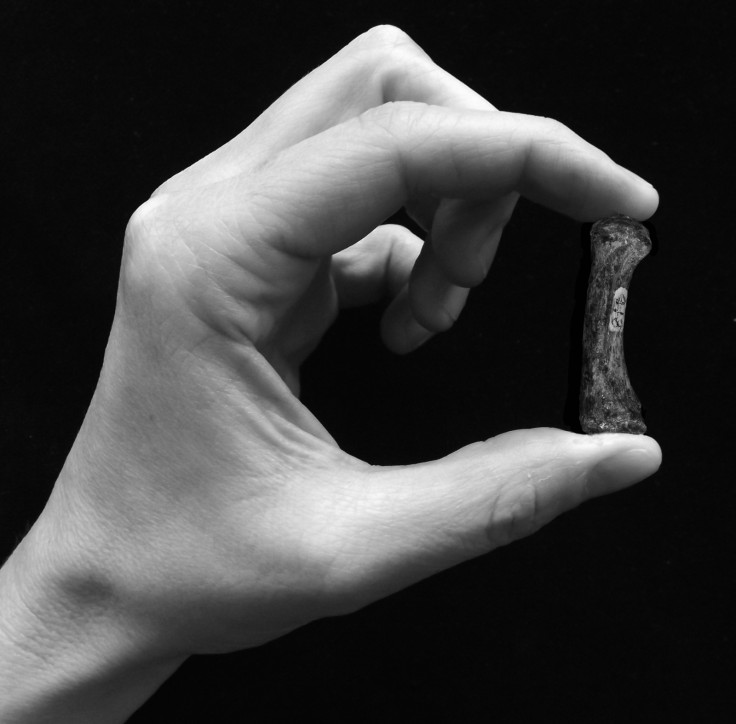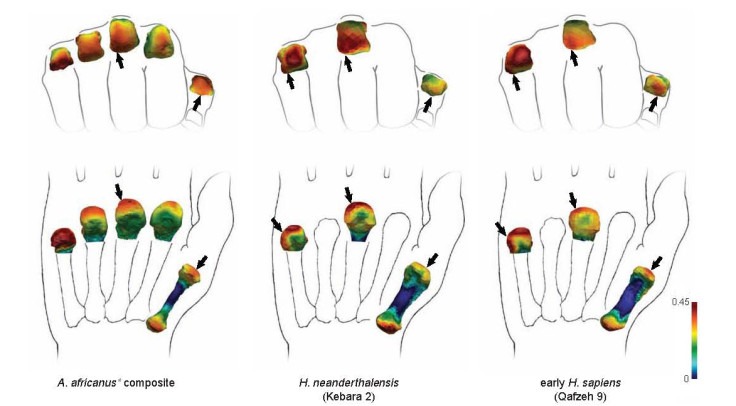Hominin ancestors Australopithecus used their hands like modern humans

The species that gave rise to the Homo genus had human-like hands and opposable thumbs as early as 3.2 million years ago, scientists have discovered.
Analysis of bones from Australopithecus africanus shows our pre-human ancestors likely used stone tools about half a million years earlier than thought.
Published in Science magazine, the researchers used new techniques to examine the internal, spongy structure of the bone called the trabeculae – a bone that reflects the behaviour of individuals in their lifetimes.
After looking at humans and chimpanzees, researchers found Australopithecus had a human-like trabecular pattern in the bones of the thumb and palm consistent with the opposition of the thumb and fingers, normally seen during tool use.
Researcher Matthew Skinner, from the University of Kent, told IBTimes UK the first well-documented stone tools are seen from about 2.5 million years ago and are associated with the genus Homo, which is why traditionally, tool use is associated with members of this group.

Skinner said: "The fossils we looked at belonged to Australopithecus, which is earlier than homo. In this case, these fossils span from about three million to two million years ago, so they do overlap with the time period when the first stone tools appear, although those stone tools are in East Africa not in South Africa where these fossils were found.
"No one has generally suggested that Australopithecus regularly manufactured or used stone tools and that's the significant finding – when you look at the inside of their hand bones, it does seem to suggest they were using their hands in a way very similar to humans with this precision gripping behaviour."
He said the next step is to work out what Australopithecus were using their hands for that would lead to this sort of patterning.

Skinner said: "One can imagine various scenarios under which these Australopithecus would adopt these hand postures. It's possible it could be related to handling stone flakes and cutting meat, but it's equally plausible that they could be using it to access various vegetable materials like potatoes, yams etc.
"It might be that they were using objects to access those foods, but it's not possible to tell from our results."
Bone density of the bones was very high, suggesting they were still spending time in trees. Australopithecus went extinct about two million years ago, probably as a result of a changing environment. Their demise gave rise to the Homo genus and, eventually, humans.
The researchers now plan to look at other fossils to confirm the pattern is consistent and do analysis on other species.
© Copyright IBTimes 2024. All rights reserved.






